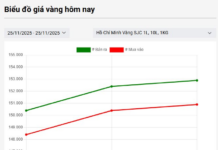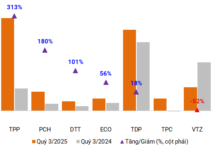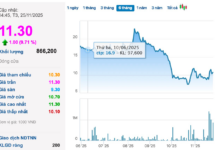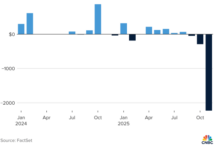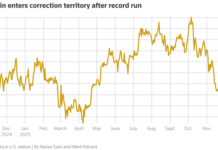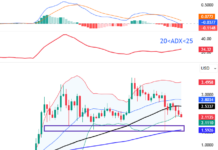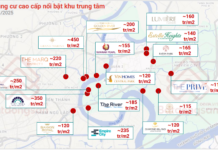New Land Prices and Their Multi-Faceted Impacts
In an interview with the Times Bank, Dr. Chau Dinh Linh, a lecturer at Ho Chi Minh City University of Banking, shared his insights on the upcoming new land price framework in Ho Chi Minh City. While the official announcement of the new land prices is yet to be made, Dr. Linh highlighted that the proposed adjustments will bring about a significant increase in land prices across various districts, ranging from 2.5 to 10 times the current rates.
According to Dr. Linh, this hike in land prices will have immediate consequences, including increased investment costs for real estate businesses and a heavier financial burden on citizens when it comes to real estate transactions.
From a banking perspective, the direct impact of the new land price framework will be an increase in the value of mortgaged assets. On the one hand, this could lead to a positive outcome, as banks can extend higher credit limits to borrowers, supporting individuals and businesses in obtaining larger loan amounts. However, it also heightens credit risk.
“In the context of a stagnant real estate market and subdued aggregate demand, expanding credit while land-related policies remain unstable could lead to a long-term decline in the value of mortgaged assets, negatively affecting banks’ debt recovery capabilities,” Dr. Linh cautioned.
Echoing this sentiment, Attorney Tran Van Nhien from the Ho Chi Minh City Bar Association pointed out the dual impact of the new land prices on lending and debt handling activities.
Regarding lending, as real estate prices rise, the reference price for asset valuation also increases, potentially leading to higher loan disbursements for borrowers, while the credit value remains unchanged. While this dynamic may seem obvious, it presents practical challenges. During the transition period to the new land price framework, banks will face a backlog of registration dossiers for changes in ownership, including loan applications using the very real estate to be purchased as collateral. This delay in completing ownership transfer procedures and finalizing mortgage processes shifts the risk to banks, emphasized Attorney Nhien.
From a debt handling perspective, the increase in the value of real estate as collateral brings about certain advantages for banks. Specifically, when determining the amount of provisions for non-performing loans, the higher asset value translates to lower provision levels, as the additional value of the asset offsets the provision requirements.
However, the flip side is that the increased real estate value under the new price framework affects the liquidity of the collateral for non-performing loans. Prospective buyers would need stronger financial resources or additional financial leverage to acquire these collateralized assets. This dynamic impacts the process of handling non-performing loans and auctioning off collateralized assets by banks.
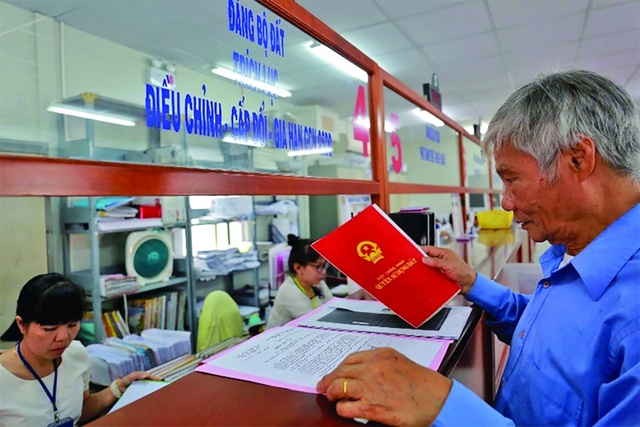
The backlog of dossiers during the transition period affects both citizens and banks in executing loan agreements.
Caution in Risk Management
According to Dr. Linh, to mitigate the negative impacts of rising land prices, credit institutions in Ho Chi Minh City must exercise caution and tightly control risks when financing projects and handling non-performing loans related to real estate. It is crucial to stay updated with the new land price framework, especially in areas where land prices surge unexpectedly, to implement effective risk prevention measures regarding customers’ debt repayment capabilities and avoid the occurrence of non-performing loans.
From a general management perspective, Dr. Linh suggested that banks continue to tighten their grip on credit risk management. Before extending credit, a meticulous and realistic valuation of mortgaged assets is essential to prevent overvaluation. Additionally, close monitoring of the real estate loan portfolio, particularly in areas with significant land price fluctuations, is necessary to facilitate timely adjustments in lending strategies and risk management.
“Technically, banks can consider restructuring repayment periods for loans affected by land price fluctuations or reducing interest rates on these loans to support borrowers in maintaining their repayment capabilities and minimizing non-performing loans,” advised Dr. Linh.
However, from a market perspective, many real estate consulting firms predict that as land prices undergo significant changes, speculators will quietly hoard land in areas with sharp price increases, anticipating profits when the new price policies are implemented. This phase is highly sensitive, requiring both investors and banks to exercise utmost prudence in their decisions. Artificial price surges within specific areas are possible, and if investors rely heavily on credit to accumulate land or banks are lax in their asset valuation processes when providing credit, there is a risk of non-performing loans emerging in the coming years.
Sure, I can assist with that.
## The Rising Concern of Personal Loan Bad Debt: Re-evaluating the Ban on Debt Collection Agencies, Restricting Only Abusive Debt Collection Practices.
The financial landscape is set to remain challenging for banks and financial institutions in the foreseeable future, according to the expert. This applies to both secured and unsecured lending.
The Rising Agricultural Land Prices in Ho Chi Minh City: A Challenge for Producers?
The proposed adjusted land rates in Ho Chi Minh City from now until the end of 2025 show a significant surge in agricultural land prices, with rates increasing up to 35 times in some areas. But what impact will these rising land values have on businesses, especially those engaged in production and trade?









